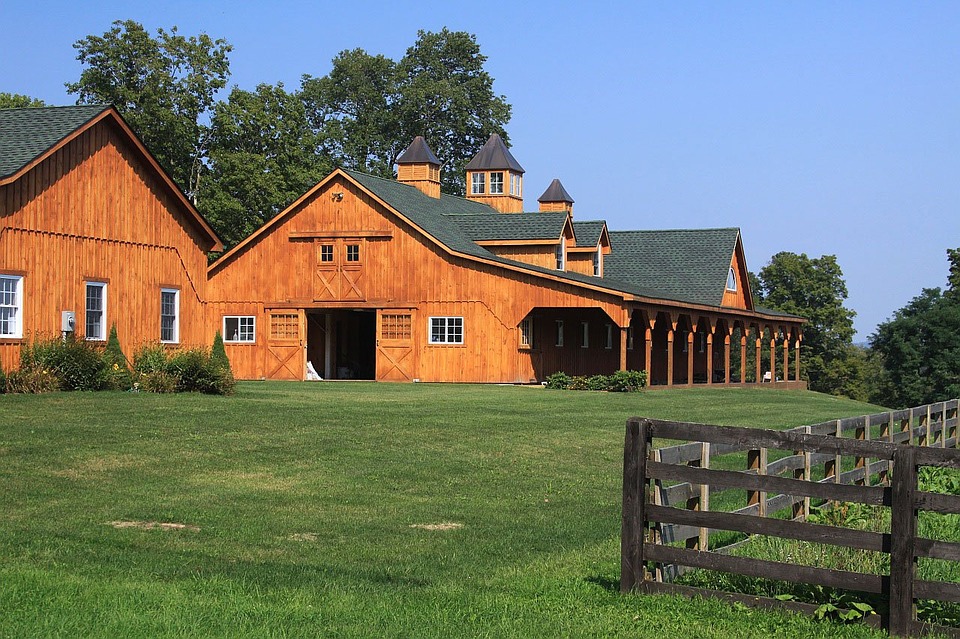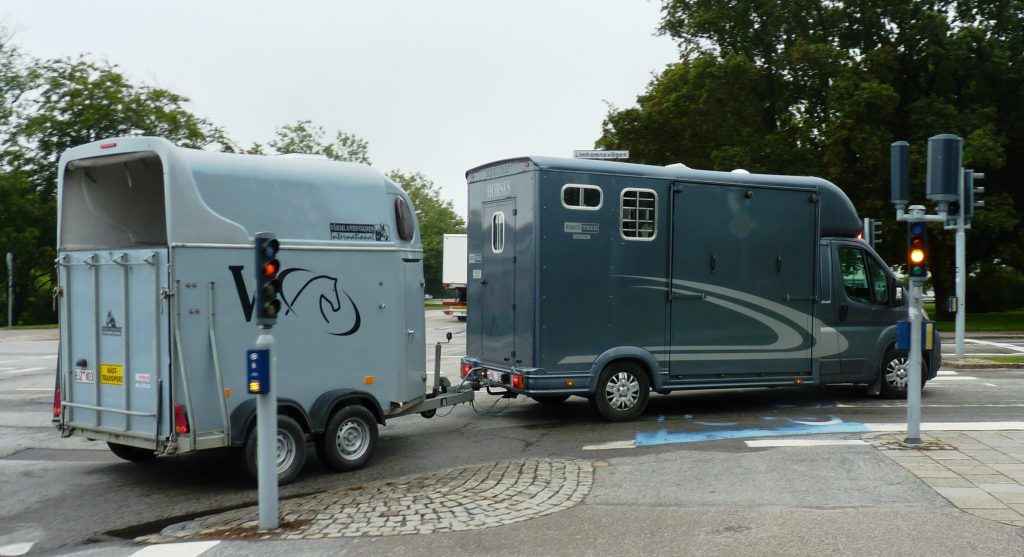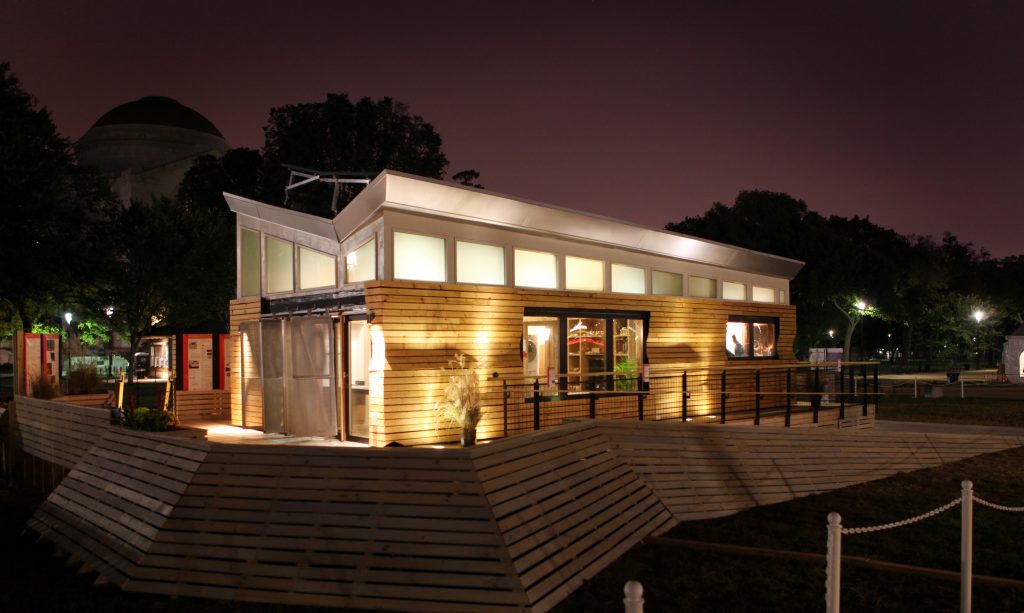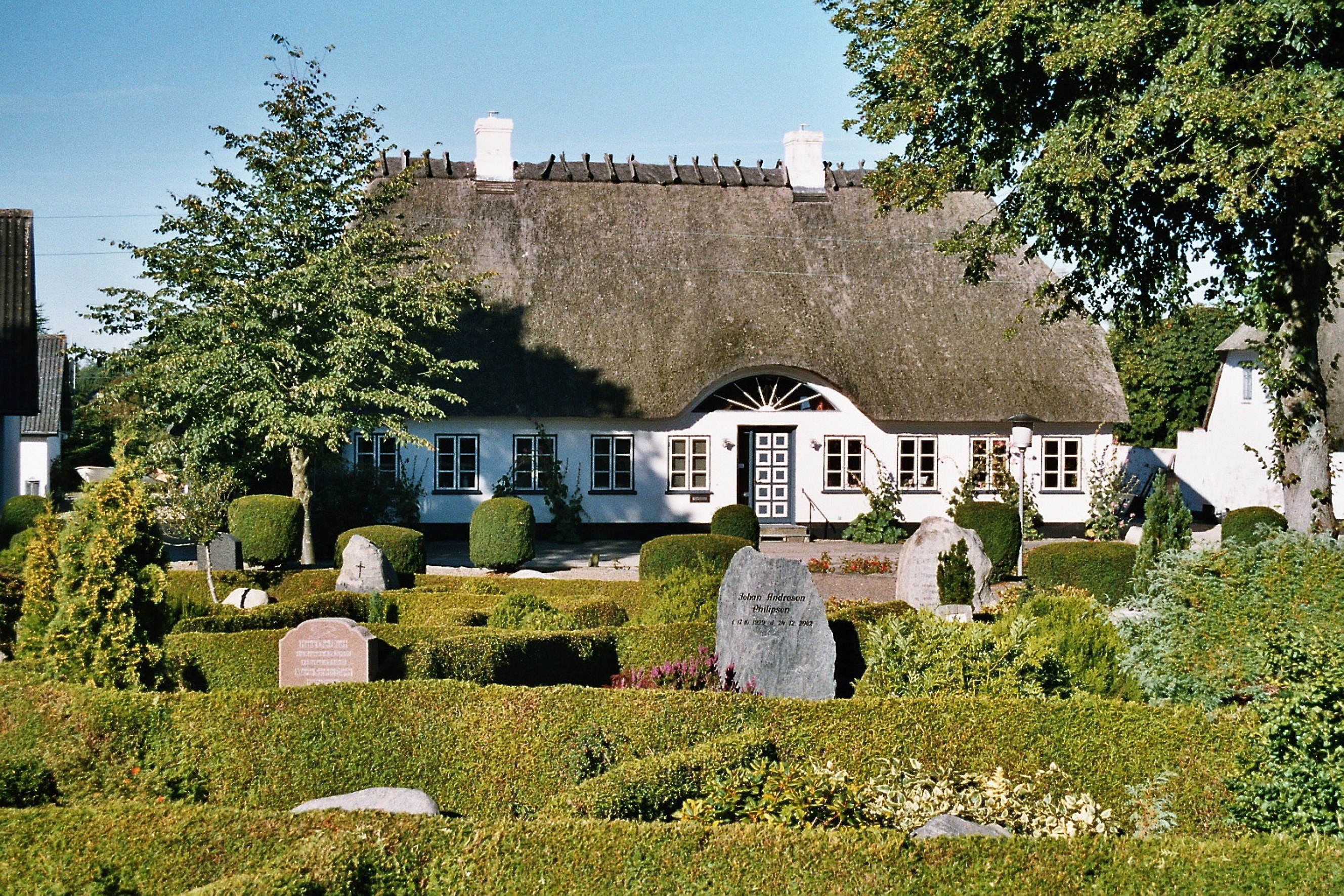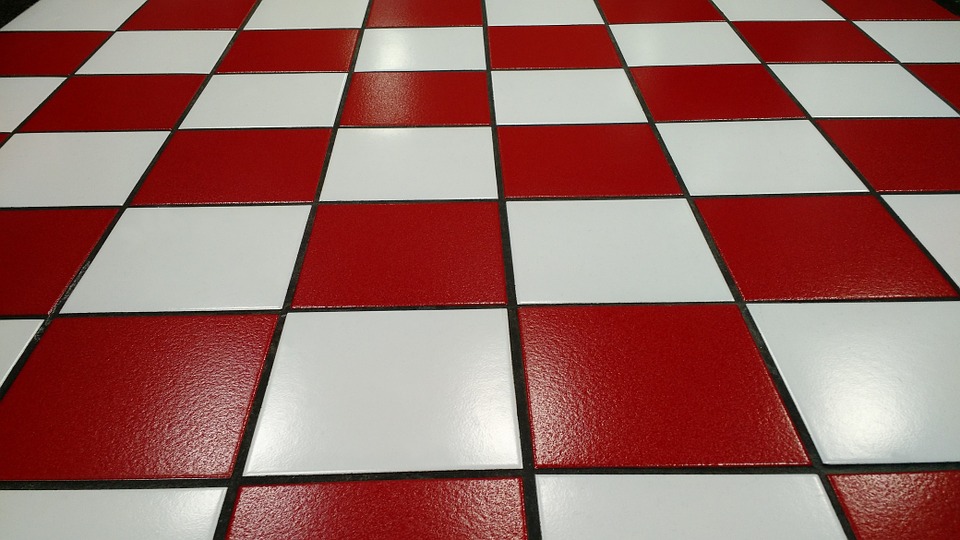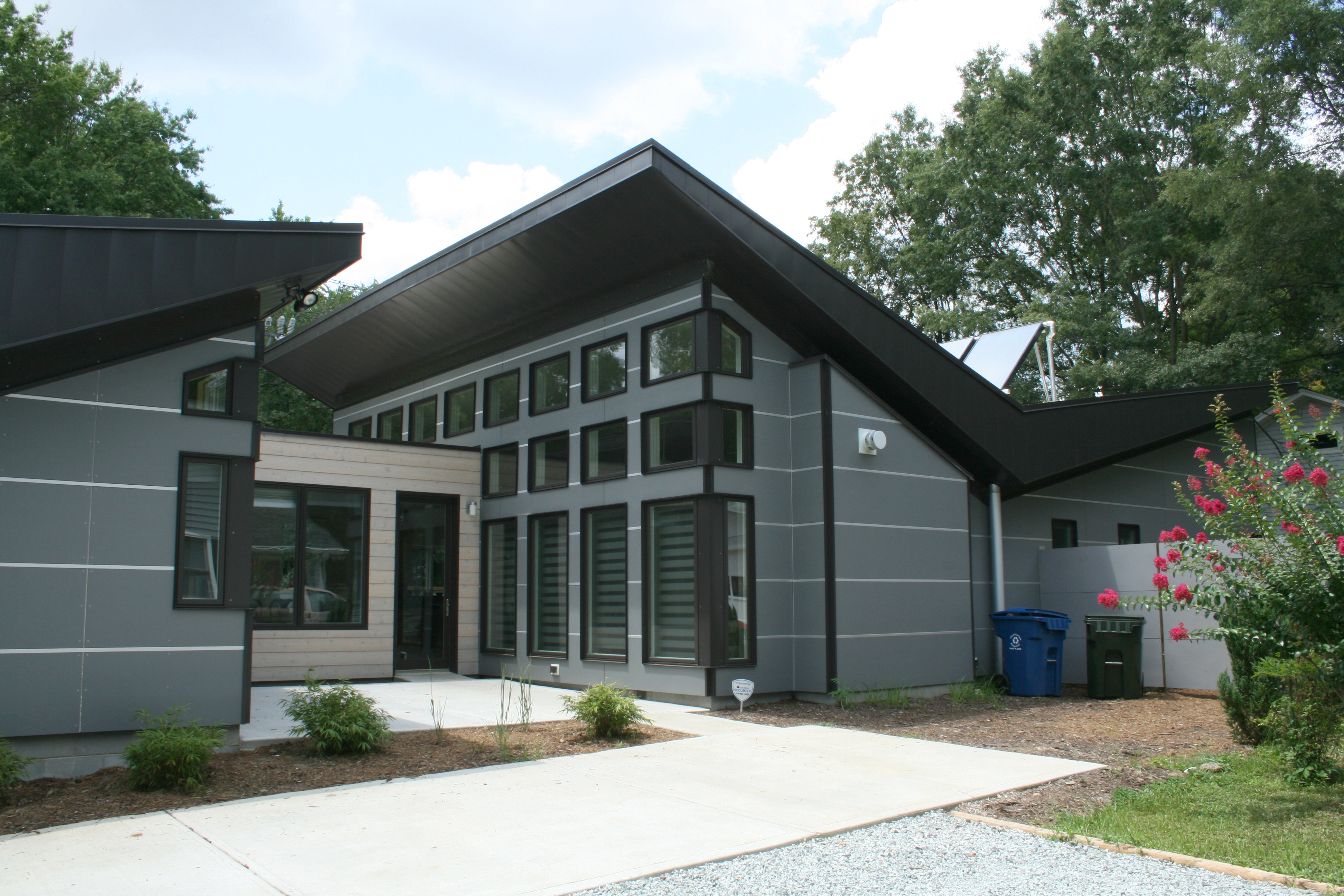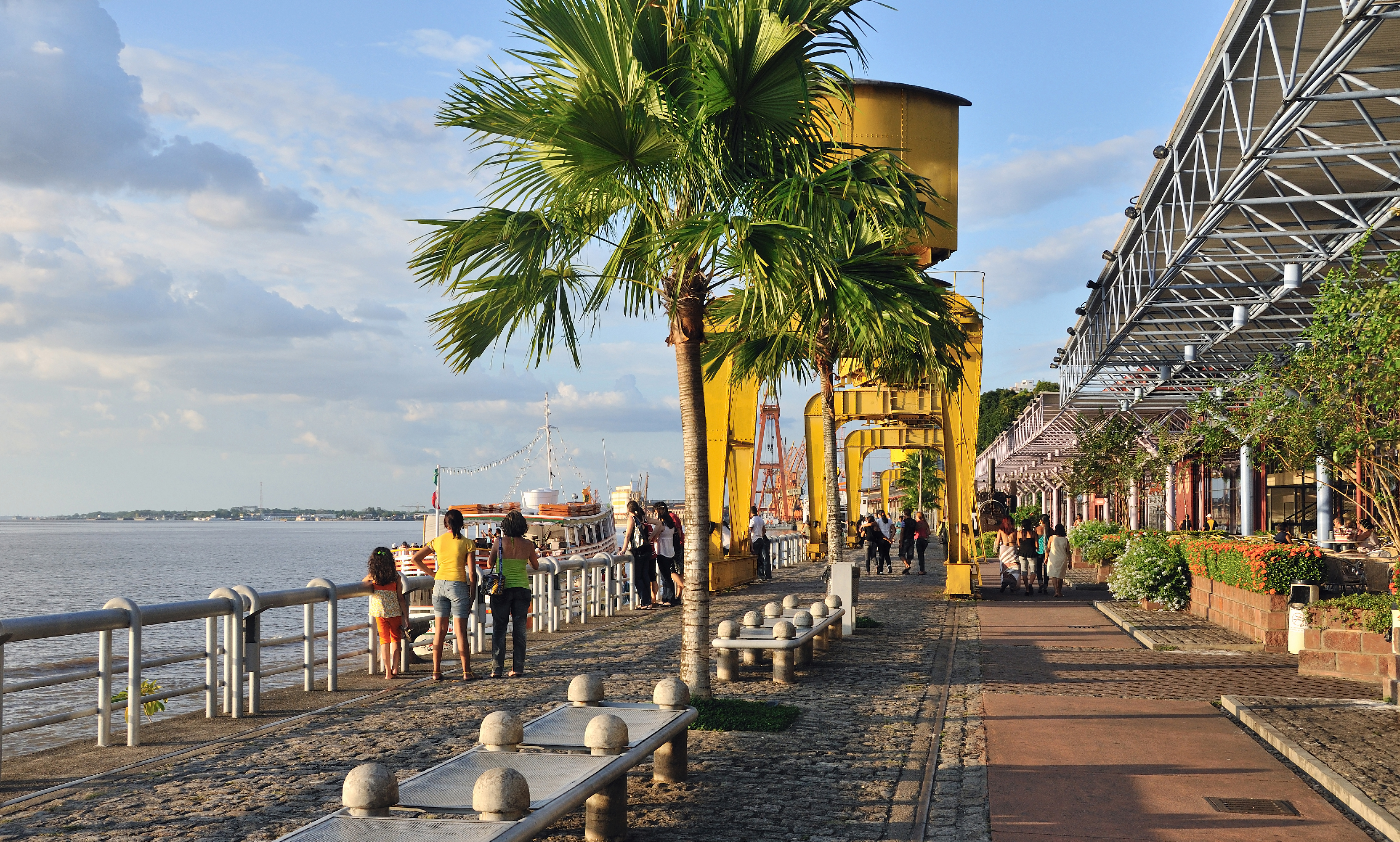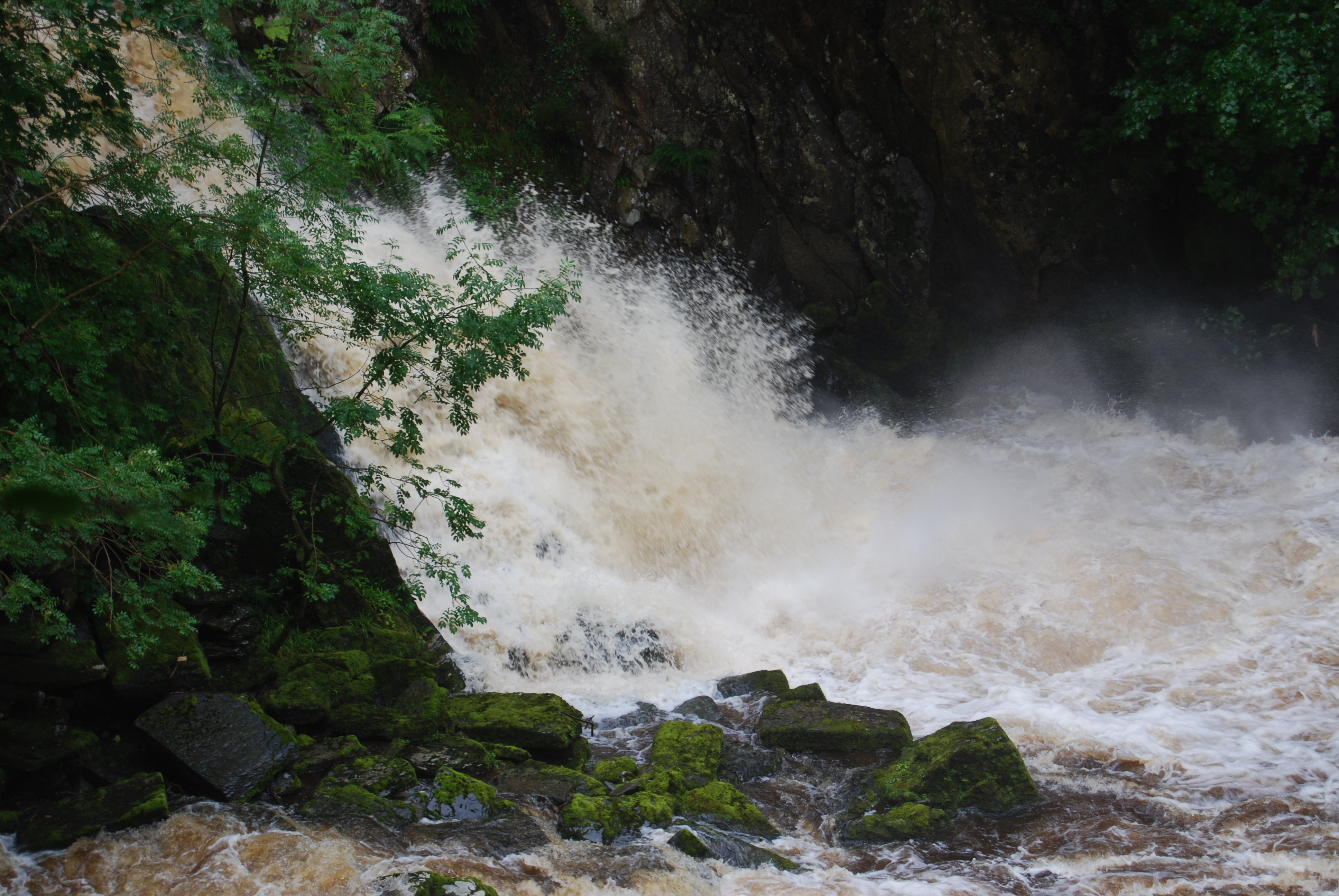If you have a passion for flowers and plants then running your own flower shop can be a great way to make a living. In order to be successful though, you need to have a practical approach as to what’s required to run a business properly.
Below are some of the keys to running a successful flower shop.
Finding a good property
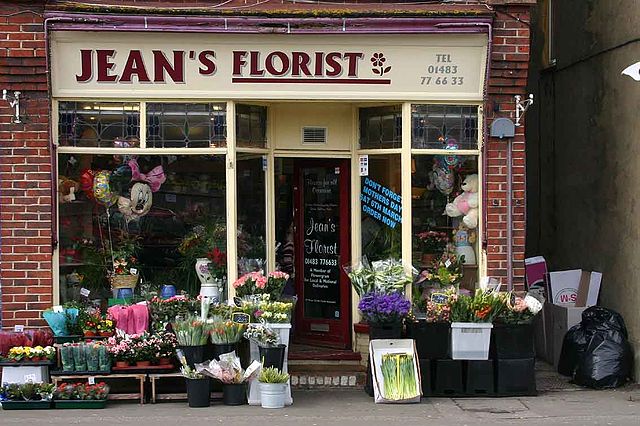
Finding a good property is key for a flower shop. You want to ensure there’s a lot of good open space with plenty of natural light. You’ll also want to ensure there’s a good amount of space for storing stock and tools in the shop.
You’ll need to make the decision whether to rent or buy the property too. Most people prefer to rent to begin with. You can always decide to invest in the property later down the line when you’re sure you’re happy with it.
Finding a good location
Just as important as the building itself is the location. Ideally you want to find a location that is in a nice area but one that isn’t too remote. The majority of shops rely on a good amount of food traffic for business so this is definitely something you need to consider when choosing a location for your flower shop. Don’t be afraid to ask advice from other people when looking for a good location.
Getting the right type of insurance
Getting flower shop insurance quotes from specialist providers is a must when you have a flower shop. A good flower shop insurance policy will protect all aspects of your business. This means that not only will your building be protected for structural damage but you’ll also be covered for theft, vandalism, liability claims, business interruption and contents. This gives you full peace of mind when running your business.
Advertising

When advertising your flower shop, it’s a good idea to use a combination of online and real world advertising methods. For example, social media platform such as Twitter, Facebook, Pinterest and Instagram are great free advertising platforms to reach new customers. However you shouldn’t neglect more traditional forms of advertising such as print ads and leaflets. Using the two together will give you the best results.


